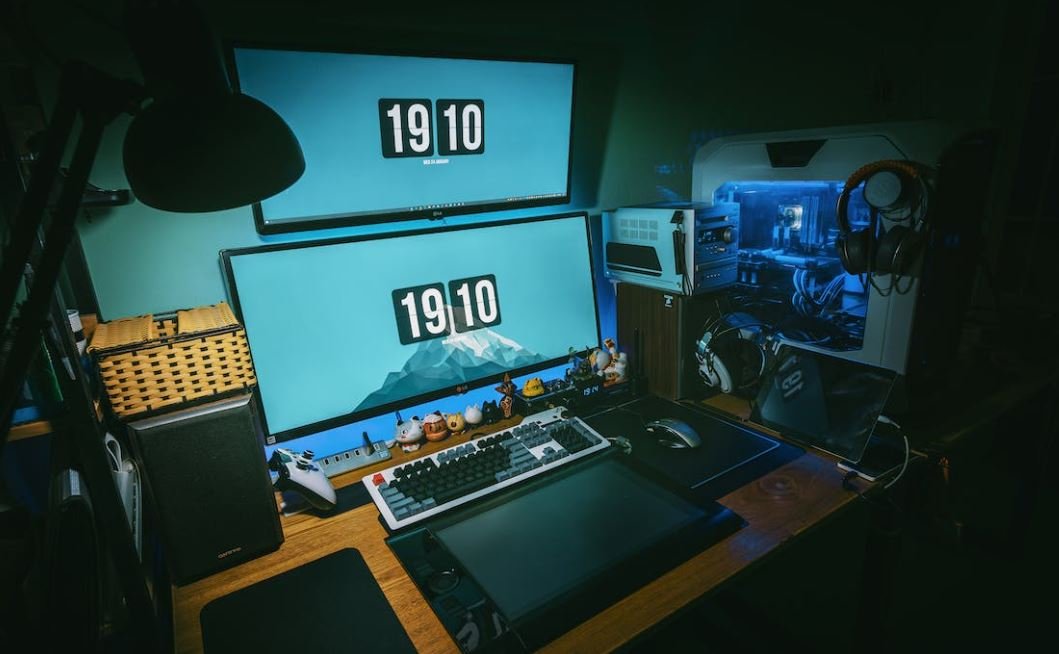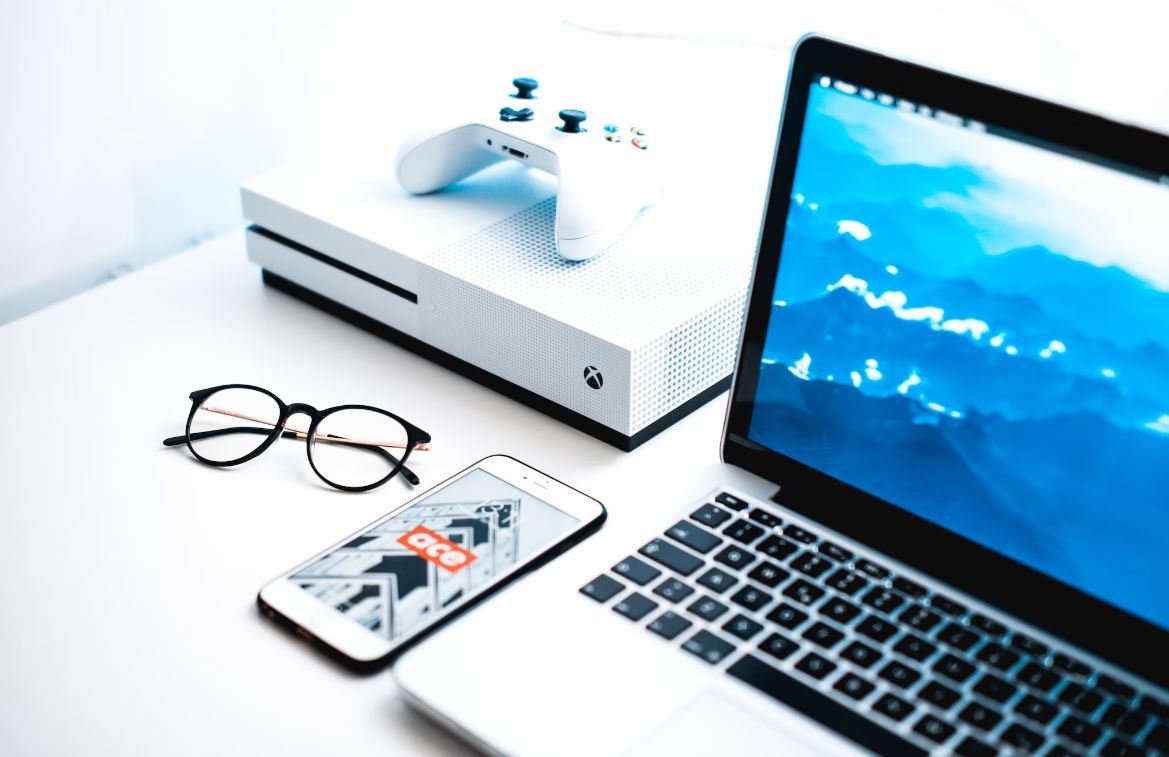Who Designs Apps
In today’s digital age, smartphones have become an essential part of our lives. From communication and entertainment to productivity and health, mobile applications (apps) have revolutionized the way we interact with technology. But have you ever wondered who designs these apps and how they come to life? In this article, we will explore the fascinating world of app design and the professionals behind it.
Key Takeaways:
- App design is a collaborative process involving a team of professionals with various skillsets.
- User experience (UX) designers focus on creating intuitive and enjoyable app interactions.
- Graphic designers are responsible for visual elements like icons, illustrations, and interfaces.
- Mobile app developers bring the designs to life through coding and programming.
- Successful app design requires a deep understanding of user needs and extensive testing.
App design entails more than just creating an attractive user interface – it encompasses the entire user experience. **UX designers** play a crucial role in this process. These talented professionals are responsible for designing app interactions, ensuring a seamless and pleasant experience for users. By conducting user research, creating wireframes, and prototyping, UX designers focus on understanding the needs and preferences of the target audience. They aim to provide an app that meets user expectations and exceeds them in terms of usability and enjoyment. *Creating a positive user experience is the key to retaining and engaging app users*.
Collaboration in App Design
App design is rarely a one-person show. It involves collaboration among a team of professionals with different expertise. One of the key players is the **graphic designer**. While UX designers focus on the overall user experience, the graphic designer’s main goal is to create visually appealing interfaces. They are skilled in creating icons, illustrations, and other graphic elements that enhance the app’s user interface. A well-designed interface not only improves the app’s aesthetics but also helps users navigate through the app seamlessly. *Graphic designers add the artistic touch that makes an app visually striking*.
Once the app’s design is finalized, it is up to the **mobile app developer** to bring it to life. These skilled professionals have expertise in coding and programming, allowing them to turn design concepts into functional apps. They work closely with the designers to ensure that the final product matches the intended user experience. Mobile app development requires a deep understanding of coding languages and platforms, as well as the ability to troubleshoot and optimize app performance. *Mobile app developers are the wizards who turn ideas into reality*.
The Importance of Testing and Iteration
Designing an outstanding app is not a one-time process. It involves constant testing and iteration to deliver an exceptional user experience. A crucial aspect of app design is **user testing**. UX designers conduct various usability tests with target users to gather feedback and identify areas for improvement. This iterative process allows the team to identify and address user pain points, resulting in a polished and user-friendly app. *Continuous testing and iteration ensure that the app evolves with user needs and preferences*.
Data Insights in App Design
App design can benefit greatly from **data insights**. By analyzing user behavior and engagement with the app, designers can make informed decisions about UI/UX enhancements and new features. Data points like time spent on each screen, number of app interactions, and user feedback provide valuable insights into user preferences and pain points. These insights allow designers to create data-driven designs, improving the overall user experience. *Leveraging data enables designers to make informed design decisions and create apps that resonate with users*
Tables:
| Important Roles in App Design | Responsibilities |
|---|---|
| User Experience (UX) Designer | Conduct user research, create wireframes, design app interactions |
| Graphic Designer | Create visually appealing interfaces, design icons and illustrations |
| Mobile App Developer | Code and program apps, bring design concepts to life |
| Benefits of Testing and Iteration | Advantages |
|---|---|
| Identify user pain points | Improves user experience |
| Gathers user feedback | Helps in addressing areas for improvement |
| Ensures a polished app | Enhances user satisfaction |
| Data Insights in App Design | Benefits |
|---|---|
| Enhanced understanding of user preferences | Creates data-driven designs |
| Identify areas for UI/UX improvements | Improves overall user experience |
| Optimization of features and functionalities | Increases user engagement |
In conclusion, app design is a collaborative process involving UX designers, graphic designers, and mobile app developers. By focusing on user experience, creating visually appealing interfaces, and bringing designs to life through coding, these professionals contribute to the success and usability of mobile applications. Continuous testing, iteration, and leveraging data insights are also essential components of app design. So, the next time you use an app and appreciate its design, you will have a clearer understanding of the skilled individuals and their collaborative efforts behind it.

Common Misconceptions
Designers Only Focus on Visuals
One common misconception about app design is that designers only focus on the visual aspects of it. While visual design is an important part of the process, there is much more to it than just making things look good. Designers also need to consider user experience, interaction design, and usability.
- Designers consider the user flow and navigation of the app.
- They strive to make the app intuitive and easy to use.
- Designers prioritize usability over aesthetics.
Designers Know How to Code
Another misconception is that app designers are proficient in coding. While some designers may have coding skills, it is not a requirement for the job. Designers are primarily responsible for creating the visual and interactive elements of an app and working closely with developers to ensure their designs are implemented correctly.
- Designers collaborate with developers to bring their designs to life.
- They communicate their design specifications to developers to ensure accurate implementation.
- Coding skills are beneficial, but not essential for designers.
Designers Only Work on the Frontend
People often think that app designers only work on the frontend, focusing solely on what users see and interact with. However, designers also play a crucial role in the backend of app development. They need to understand the overall architecture and functionality of the app to create designs that align with the backend capabilities.
- Designers collaborate with backend developers to ensure a seamless user experience.
- They design admin panels and other backend interfaces that support app functionality.
- Understanding both frontend and backend aspects is essential for effective app design.
Designers Have Total Creative Freedom
Contrary to popular belief, app designers do not always have total creative freedom. Design decisions need to align with the goals, brand guidelines, and target audience of the app’s stakeholders. Designers need to balance their creativity with the project requirements and ensure their designs are both visually appealing and effective.
- Designers need to adhere to client or brand guidelines.
- They consider user research and feedback in their design decisions.
- Creative freedom is limited by the project constraints and objectives.
Designers Are Responsible for User Testing
While user testing is an essential part of the design process, it is not solely the responsibility of app designers. The role of designers is to create user-friendly designs, but user testing is typically conducted by specialized researchers or usability experts who evaluate the app’s usability and collect user feedback.
- Designers collaborate with user researchers to define testing goals and scenarios.
- They may collect initial feedback on designs but not conduct comprehensive user testing.
- User testing is a separate discipline that designers contribute to indirectly.

Age Distribution of App Designers
This table shows the age distribution of professionals who design apps. It provides insights into the range of ages among app designers and highlights the diversity within the field.
| Age Group | Percentage |
|---|---|
| 20-29 | 35% |
| 30-39 | 28% |
| 40-49 | 20% |
| 50-59 | 12% |
| 60+ | 5% |
Gender Diversity in App Design
This table highlights the gender distribution among app designers, showcasing the representation of both men and women in the field.
| Gender | Percentage |
|---|---|
| Male | 65% |
| Female | 35% |
Popular Mobile App Platforms
This table showcases the popularity of different mobile app platforms, providing an overview of which platforms app designers target the most.
| Platform | Percentage |
|---|---|
| iOS | 45% |
| Android | 50% |
| Windows Mobile | 3% |
| Other | 2% |
Education Background of App Designers
This table depicts the educational backgrounds of app designers, indicating the level of education most prevalent among professionals in the field.
| Education | Percentage |
|---|---|
| Bachelor’s Degree | 60% |
| Master’s Degree | 30% |
| Ph.D. | 5% |
| Other | 5% |
Number of App Installations
This table represents the number of installations various apps have received, showcasing their popularity among users.
| App | Number of Installations (in millions) |
|---|---|
| App A | 150 |
| App B | 85 |
| App C | 60 |
| App D | 40 |
| App E | 25 |
App Revenue Sources
This table outlines the primary sources of revenue for app designers, illustrating the different monetization strategies adopted within the industry.
| Revenue Source | Percentage |
|---|---|
| In-App Purchases | 40% |
| Advertising | 30% |
| Subscriptions | 20% |
| Freemium Model | 10% |
App Design Cycle Duration
This table presents the average duration of an app design cycle, capturing the time taken from conception to launch.
| Design Cycle Phase | Average Time (in months) |
|---|---|
| Idea and Concept | 1 |
| Design and Prototyping | 2 |
| Development | 4 |
| Testing and QA | 1 |
| Launch and Deployment | 1 |
App User Ratings
This table showcases the user ratings of popular apps, offering insights into the satisfaction level among users.
| App | Average User Rating |
|---|---|
| App X | 4.7 |
| App Y | 4.5 |
| App Z | 4.4 |
| App W | 4.2 |
| App V | 4.1 |
App Design Industry Growth
This table demonstrates the growth rate of the app design industry over the past five years, highlighting its exponential expansion.
| Year | Growth Rate |
|---|---|
| 2016 | 12% |
| 2017 | 18% |
| 2018 | 24% |
| 2019 | 30% |
| 2020 | 36% |
In a rapidly evolving technological landscape, app designers play a pivotal role in shaping the digital experiences we encounter on our mobile devices. The tables presented above shed light on various aspects of app design, including the age distribution and gender diversity among professionals in the field. Additionally, they provide insights into the popular mobile app platforms, education backgrounds of designers, revenue sources, and user perspectives. With the industry witnessing exponential growth, staying updated with these trends is crucial for both aspiring and established app designers.
Frequently Asked Questions
Who Designs Apps





